How ABA Therapy Supports Children with Learning Disabilities
Exploring the Impact of ABA Therapy on Children with Learning Challenges
Understanding ABA Therapy and Learning Disabilities
Applied Behavior Analysis (ABA) therapy has emerged as a vital tool in supporting children with learning disabilities. With its emphasis on structured learning and behavior modification, ABA therapy aids in the development of essential skills by setting personalized goals and offering an evidence-based approach. This article delves into the nuances of ABA therapy, its methodologies, effectiveness, and the broader implications for children with learning disabilities.
Defining ABA Therapy and Its Core Principles
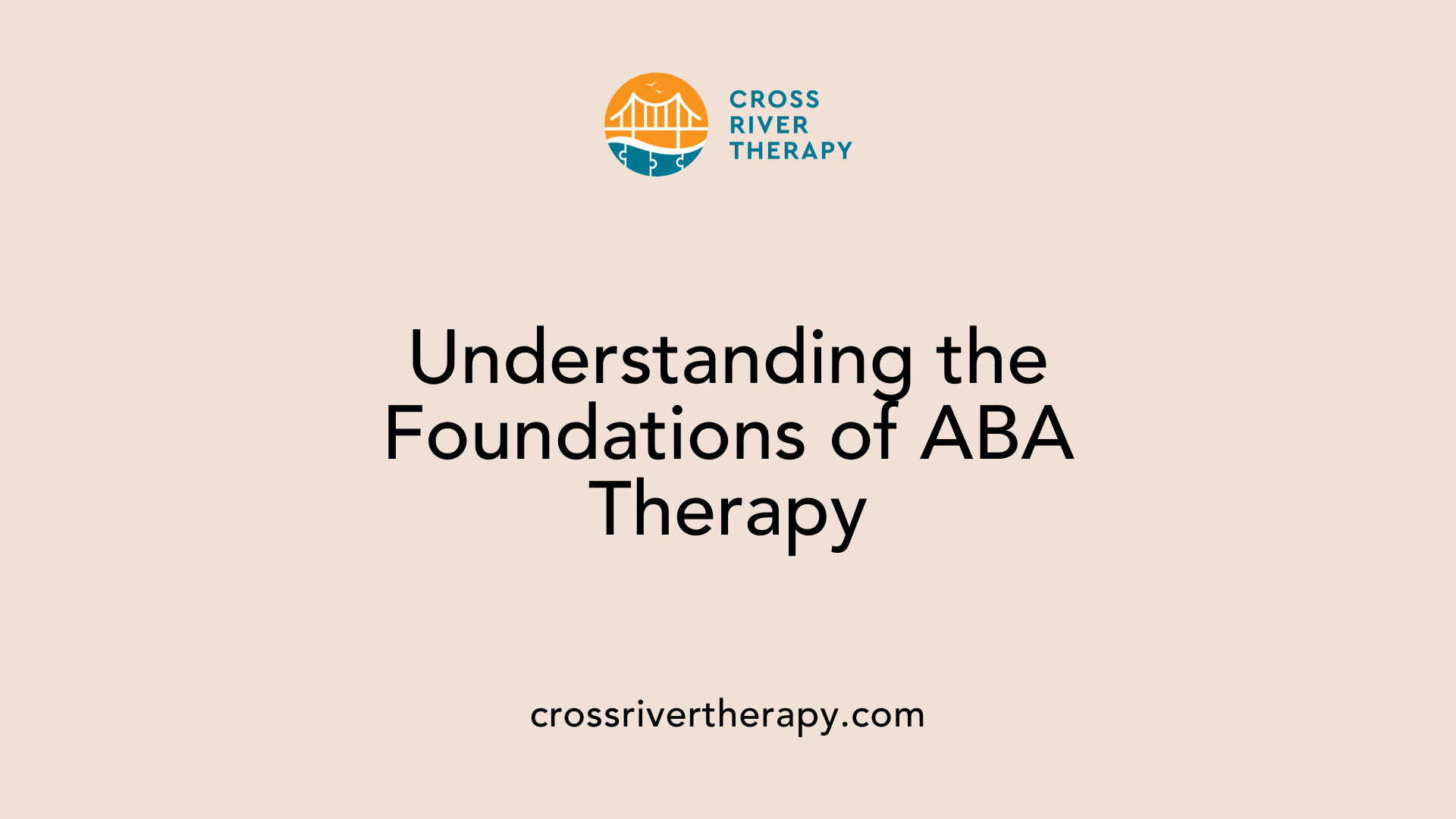
What is Applied Behavior Analysis (ABA) therapy and how can it aid individuals with learning disabilities?
Applied Behavior Analysis (ABA) therapy is an evidence-based method aimed at improving specific behaviors, particularly beneficial for individuals with learning disabilities. It's particularly effective for children facing challenges in reading, writing, and mathematics.
ABA utilizes a structured approach to teaching by breaking down complex skills into manageable steps. This individualized program is tailored to accommodate unique needs and goals, ensuring that every child receives support in a way that aligns with their learning style.
Core methodologies of ABA
One of the effective strategies in ABA is the 'least to most prompting' method. Here, educators provide prompts that range from minimal intrusion—like verbal hints—to more direct assistance, such as physical guidance. This systematic approach allows children, especially those with Autism Spectrum Disorder (ASD), to learn by responding better to their tailored prompts.
Timing is critical in this process; prompts need to be issued quickly to reduce errors while allowing enough space for the child to respond appropriately. Furthermore, ABA extensively employs reinforcement methods such as verbal praise or rewards to encourage desired behaviors.
In studies, it has been found that over 90% of children undergoing ABA significantly improve in communication, social interactions, and academic skills. Thus, ABA stands out as a robust framework, supporting children not only in academic endeavors but also in developing essential life skills.
ABA in Special Education Settings
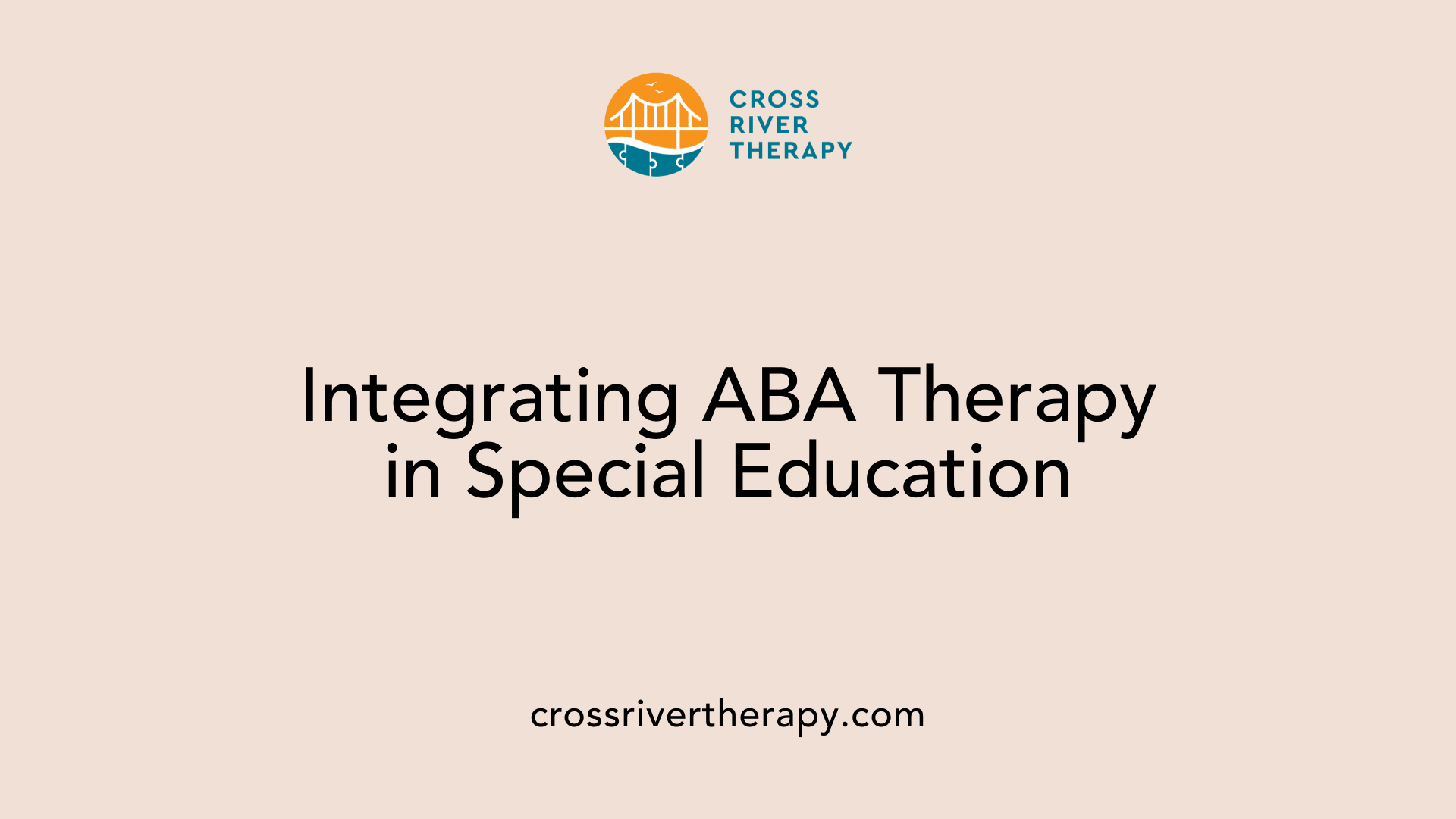
How does ABA therapy function within special education?
Applied Behavior Analysis (ABA) therapy plays a crucial role in special education by using systematic, evidence-based strategies tailored to the individual needs of children with disabilities, especially those on the autism spectrum. This approach aims to promote positive behavior and enhance learning outcomes.
ABA therapy focuses on fostering new skills, improving communication, and refining motor abilities. These elements are essential to achieving success in academic environments as well as facilitating better social interactions.
On a legal front, the Individuals with Disabilities Act (IDEA) mandates that every child with a disability is entitled to a Free Appropriate Public Education (FAPE). This may include ABA therapy as a necessary support for students who require it.
In California, legal frameworks such as the Lanterman Act and guidelines from Medi-Cal help provide access to ABA therapy for eligible children. Notably, these regulations ensure that insurance covers ABA services without the prerequisite of an autism diagnosis, making support more accessible to families in need.
Advocacy organizations, like Disability Rights California, focus on empowering families to secure equitable access to therapeutic resources. They help navigate potential systemic barriers that could limit access to consistent and effective ABA therapy.
The Broad Benefits of ABA Therapy
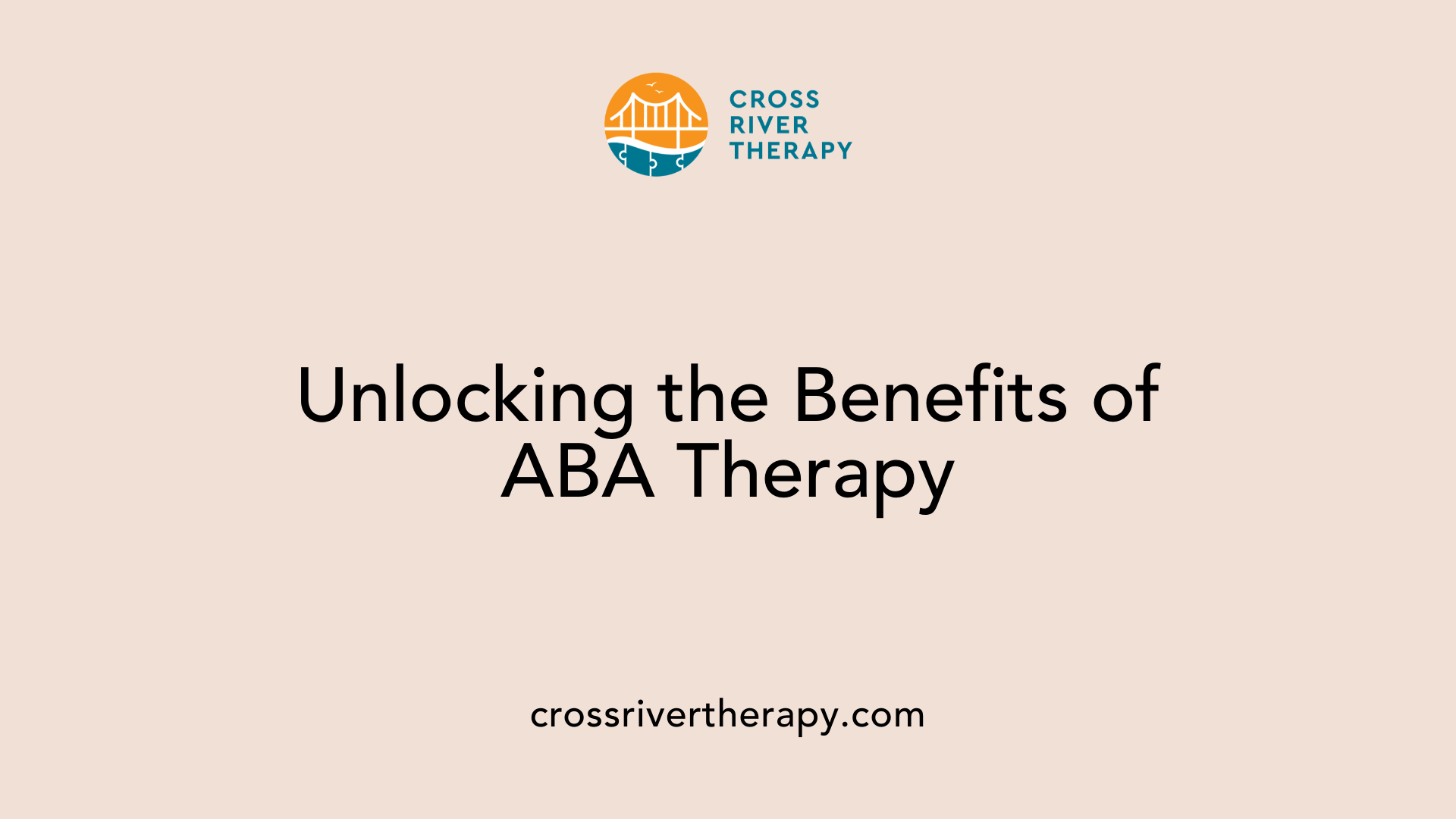
What are the benefits of ABA therapy for children with autism or other learning disabilities?
ABA therapy provides a plethora of benefits tailored to children with autism and learning disabilities. At its core, this therapy enhances critical skills and behaviors needed for success in various areas of life. Here are some of the standout benefits:
- Improved Communication Skills: ABA focuses on developing language abilities, helping children express their needs effectively.
- Social Skill Development: Through structured interactions, children learn how to interact with peers and adults, fostering better relationships.
- Enhanced Attention and Focus: ABA techniques encourage children to concentrate and engage with their environment, aiding in task completion.
- Academic Performance: With skills taught through ABA, children may see improvements in reading, writing, and mathematics.
- Behavior Modification: Utilizing positive reinforcement, ABA helps to reduce problematic behaviors while promoting positive ones.
Each ABA program is meticulously crafted to address the specific needs of the child, leveraging their strengths and accommodating their unique learning styles. Notably, the efficacy of ABA therapy is backed by authoritative organizations, including the US Surgeon General and the American Academy of Pediatrics, verifying its status as an evidence-based best practice treatment.
Moreover, parental involvement is instrumental in the success of ABA therapy, as it enables parents to monitor progress and implement strategies at home. This cooperative effort ensures a supportive environment, enhancing the child's overall learning experience.
Role in developing skills
ABA therapy excels at breaking down complex skills into manageable tasks. This approach not only simplifies learning but also ensures that children can progressively master new skills. Some significant focus areas include:
- Task Persistence: Children learn to stay focused on completing difficult tasks.
- Everyday Routines: ABA teaches social routines, such as requesting help or following safety rules, integrated into daily life.
- Behavioral Self-Regulation: Children develop skills to manage their behavior appropriately in various settings, including academic environments.
- Functional Skills: These are practical skills necessary for daily living that contribute to a child's independence.
Different ABA programs, like Discrete Trial Training and Natural Environment Training, cater to various learning contexts, providing flexibility in how these skills are taught.
In summary, ABA therapy stands as a versatile and effective method of supporting children with learning disabilities, significantly improving their behavioral, academic, and social outcomes.
Beyond Autism: The Versatility of ABA
Is ABA therapy only beneficial for children with autism?
Applied Behavior Analysis (ABA) therapy is famously linked to autism spectrum disorder (ASD), yet its applications extend beyond this demographic. Research has demonstrated that ABA is effective in addressing various learning disabilities and mental health concerns, including ADHD, OCD, anxiety, and depression. Many neurotypical children can also benefit from the techniques employed in ABA by fostering positive behaviors and essential life skills.
This versatility of ABA arises from its foundational principles focusing on observation, imitation, and behavior modification. Individualized assessments allow behavior analysts to tailor programs to each child's unique needs, effectively facilitating learning across a spectrum of abilities.
Despite criticisms regarding earlier ABA practices that emphasized behavior elimination, modern methodologies have shifted towards positive reinforcement. This approach prioritizes encouraging desirable behaviors while respecting neurodiversity. By fostering successes rather than merely suppressing challenges, today's ABA practices emphasize holistic development.
In conclusion, while ABA is well-known for its application in autism treatment, its adaptable methods and positive approach make it a valuable resource across various learning disabilities and behavioral challenges.
Practical Applications of ABA Therapy
What are the practical applications and methodologies of ABA therapy?
ABA therapy is a scientifically-backed approach primarily utilized to support individuals with autism spectrum disorder and related learning disabilities. Its main focus lies in enhancing communication skills, improving social interactions, and reducing problematic behaviors, thereby promoting independence.
One of the foundational methodologies in ABA therapy is Positive Reinforcement. This technique involves rewarding desirable behaviors, increasing their likelihood of recurrence. By acknowledging and rewarding positive actions, children are motivated to continue exhibiting these behaviors.
Additionally, the ABC model—which stands for Antecedent-Behavior-Consequence—serves as a vital tool in understanding and modifying behaviors. This model allows therapists to analyze the antecedents triggering behaviors and the consequences reinforcing them, facilitating targeted interventions.
Among the various techniques employed in ABA therapy are:
- Discrete Trial Training (DTT): A structured method where skills are taught in clear, concise steps, helping children learn complex tasks by breaking them into manageable parts.
- Natural Environment Training (NET): In contrast, this approach teaches skills in real-life settings, promoting learning through everyday experiences.
- Functional Communication Training (FCT): This method focuses on enhancing communication skills, providing children with effective ways to express their needs.
- Modeling: A technique where desired behaviors are demonstrated for children to imitate, fostering observational learning.
- Behavior Chaining: A process that involves breaking tasks into smaller, teachable units, which are then linked together to form a complete skill.
Each ABA program is crafted to address the unique needs and capabilities of the individual, ensuring a personalized approach that encourages meaningful and lasting behavioral change.
Implementation in real-life settings
ABA therapy is versatile and can be implemented across various settings, including homes, schools, and community environments. This adaptability allows for individualized instruction, both in one-on-one and group formats.
The involvement of parents and caregivers is critical in the ABA process. Their engagement not only aids in monitoring the therapy’s effectiveness but also empowers them to tailor supports according to their child's evolving needs. In educational contexts, ABA complements formal teaching, providing students with essential self-regulation and communication skills crucial for academic success.
Overall, ABA therapy fosters a holistic approach. When combined with schooling, it provides a comprehensive framework for developing the necessary skills for academic and social growth, creating a balanced learning experience for children.
Controversies and Criticisms Surrounding ABA
What controversies surround ABA therapy?
Applied Behavior Analysis (ABA) therapy has sparked considerable debate, especially regarding ethical concerns associated with its methodology. Critics point to the historical reliance on punitive strategies to modify behavior, which has raised serious questions about the emotional and psychological implications of such approaches.
Many argue that ABA can unintentionally pressure autistic individuals to conform to neurotypical expectations. This pressure may lead to the suppression of their natural behaviors, fostering anxiety or stress over time. Critics express concern that this approach may not align with the needs and individuality of each child, sometimes resulting in harmful effects such as anxiety and PTSD.
Furthermore, the autism rights movement advocates for more inclusive and individualized methods, calling for therapies that respect the voices of autistic individuals. They argue that the focus should be on enhancing the lives of individuals rather than seeking to change them fundamentally.
Balancing criticism with effectiveness
Despite the controversies, many supporters of ABA highlight its structured methodology and positive outcomes. ABA is recognized for teaching essential skills, such as communication and social interactions, which can significantly improve the quality of life for many individuals with autism and learning disabilities.
Statistics reveal that over 90% of children engaged in ABA show considerable improvements in social, communication, and academic skills, which underscores its effectiveness as a behavioral therapy. However, the growing calls for reform in the application of ABA emphasize the importance of personalizing the treatment to align more closely with individual needs and capabilities.
Ultimately, the ongoing dialogue suggests that while ABA therapy can be beneficial, it must evolve to ensure ethical integrity, respect neurodiversity, and focus on promoting autonomy and well-being within those it serves.
Balancing Benefits and Risks of ABA Therapy
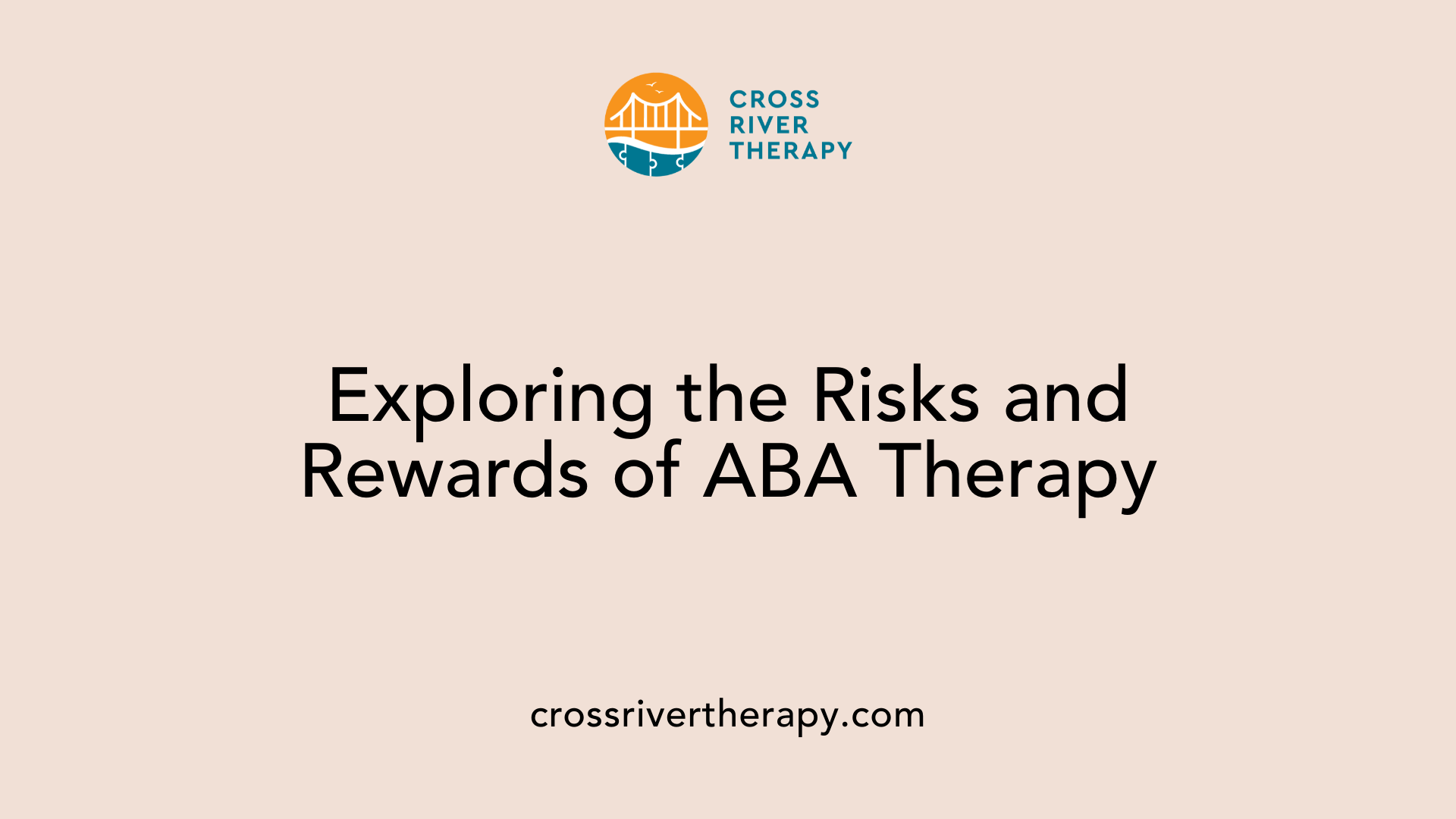
Is ABA therapy harmful or does it have risks?
While Applied Behavior Analysis (ABA) therapy is widely recognized for its effectiveness in assisting children with autism, concerns about its potential risks warrant attention. Historically, certain traditional ABA methods relied on punishment, which could evoke distress and emotional issues among autistic individuals. Critics argue that this focus on modifying behavior might sometimes overshadow the unique strengths and needs of these children, promoting conformity to neurotypical standards instead of fostering genuine individuality.
Modern ABA practices strive for a more holistic approach, emphasizing positive reinforcement and tailored plans. However, risks persist that some natural behaviors might be inadvertently suppressed when there is an overemphasis on behavioral compliance. The effectiveness and safety of ABA therapy can depend heavily on how well it is adapted to each child's unique circumstances and preferences.
Are the advantages outweighing the risks?
Despite these concerns, many advocates maintain that the advantages of ABA therapy can exceed its potential risks. With positive reinforcement at its core, ABA encourages desirable behaviors while supporting the communication and social skills crucial for academic and everyday success. Additionally, approximately 90% of children undergoing ABA show significant improvements in areas such as social skills and communication.
The emphasis on customizing each therapy program to the child’s individual strengths can also lead to promoting independence without compromising their neurodiversity. Overall, while there are valid considerations regarding risks, when applied thoughtfully and with parental involvement, ABA therapy often proves beneficial for many children facing learning disabilities.
Integrating ABA Therapy with Educational Environments
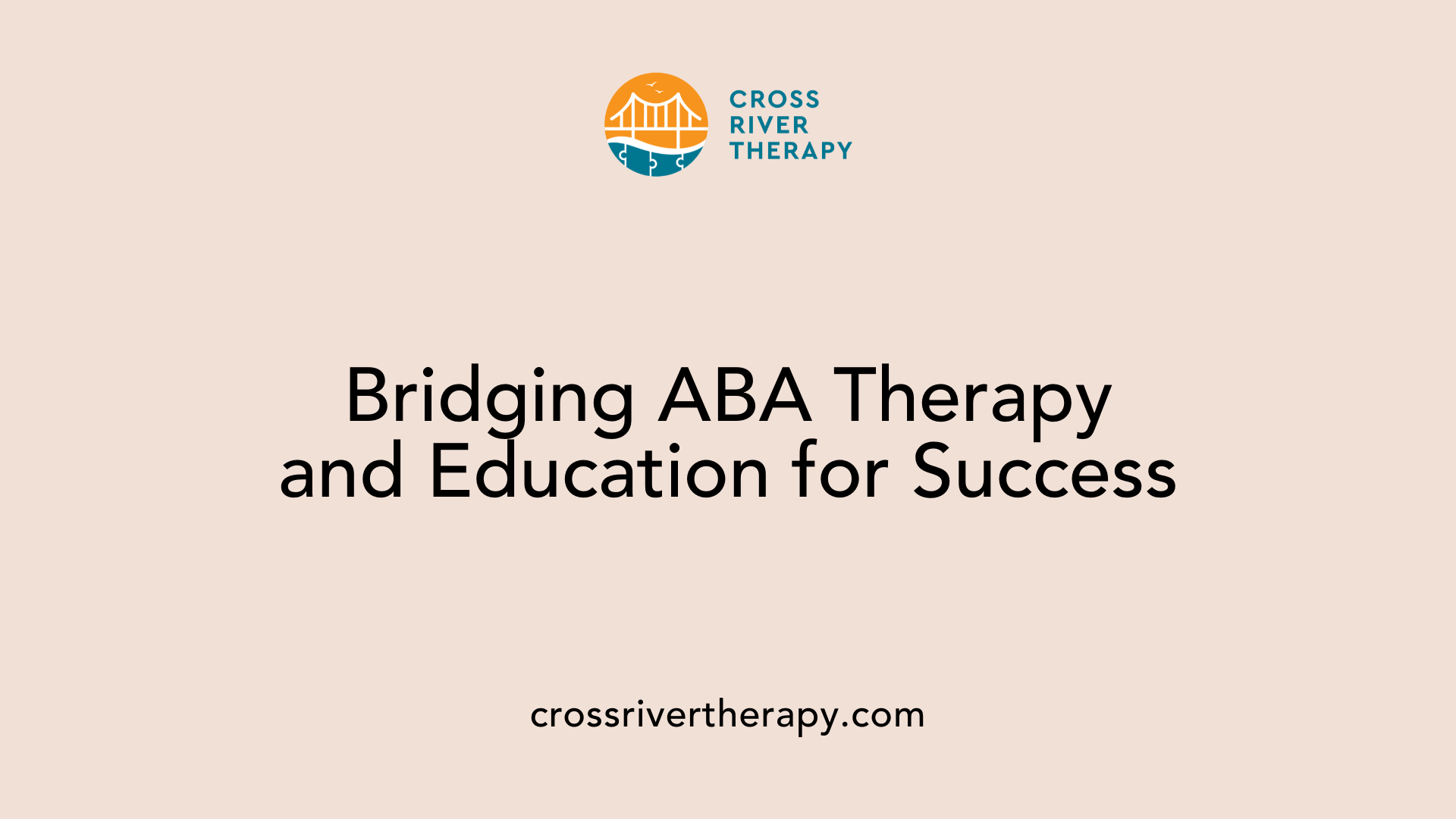
Complimentary Role of ABA and Formal Education
ABA therapy is not intended to replace formal education; instead, it enhances the learning experience for children with learning disabilities. By targeting specific behaviors and developing essential skills, such as communication and behavioral self-regulation, ABA aligns with academic goals.
Children who receive ABA therapy prior to entering school often develop prerequisite skills crucial for classroom success. These may include effective communication, task management, and the ability to navigate transitions between activities.
Partnership Benefits
When ABA therapy and school education are combined, they create a holistic learning environment that fosters both academic and social growth. This partnership allows educators to build on the skills developed in ABA sessions, reinforcing positive behaviors and expanding learning in classroom settings.
Additionally, parents play a vital role; their involvement ensures that the therapy remains effective and tailored to their child's unique needs. By collaborating, caregivers and educators can adapt goals within school, promoting a balanced set of skills needed for success in both educational and social realms.
The Important Role of ABA in Supporting Learning
ABA therapy plays a crucial role in supporting children with learning disabilities by fostering positive behaviors, enhancing communication skills, and reducing problematic actions. While controversies surrounding its methodologies exist, modern ABA emphasizes positive reinforcement and individualization, making it a flexible, powerful tool in a child's developmental toolkit. When integrated with traditional educational environments, ABA provides a foundation for a holistic approach to a child's growth, allowing for the cultivation of skills necessary for both academic success and everyday living. As more research continues to validate its effectiveness, ABA therapy remains at the forefront of treatments designed to support children with learning disabilities, offering hope and tangible benefits to countless families.
References
- Types of Learning Disabilities & How ABA Therapy Can Help
- Applied Behavior Analysis (ABA) | Autism Speaks
- The Connection Between ABA and Special Education: A Guide
- The Controversy Around ABA - Child Mind Institute
- Applied Behaviour Analysis (ABA) and autistic children
- ABA Therapy vs School: Making the Right Choice For Your Child
- Using a Least to Most Prompts Teaching Strategy
- Applied Behavior Analysis (ABA) | Autism Speaks
- Applied Behavioral Analysis (ABA) - Autism Speaks
- Expert Q&A: How ABA therapy can help with severe behaviors



